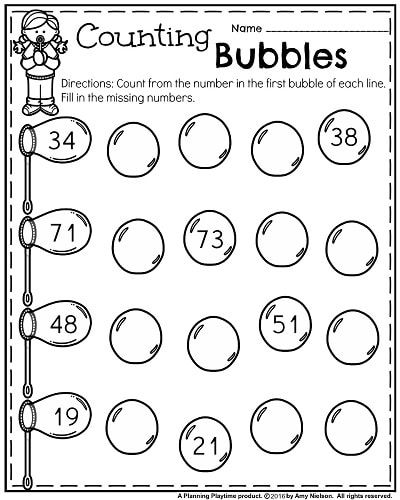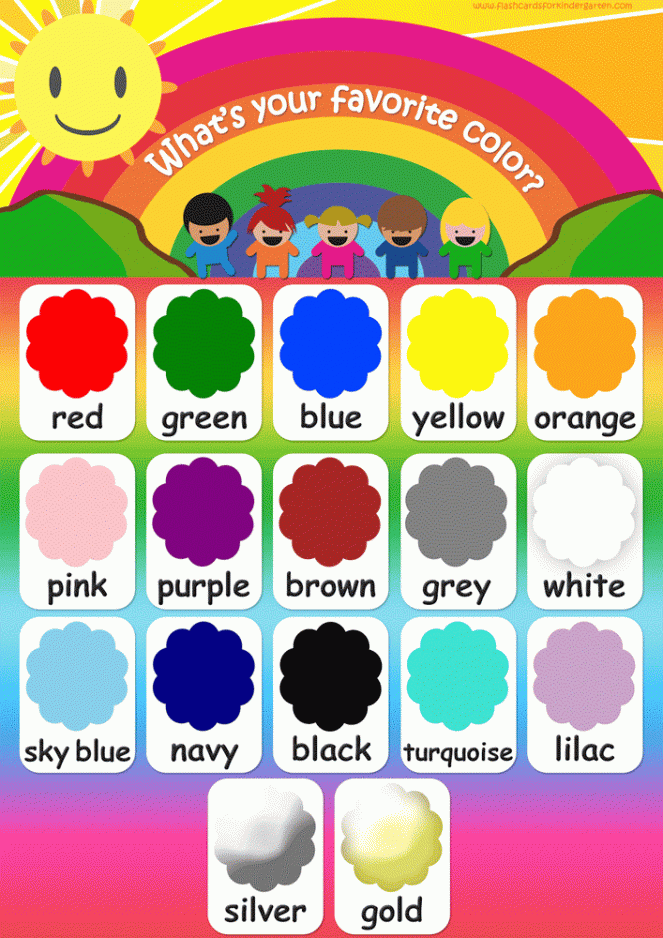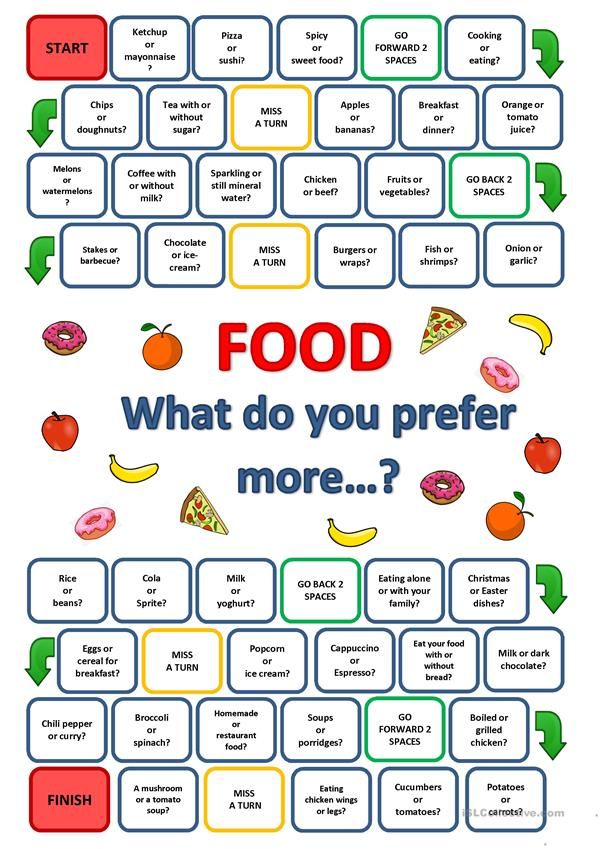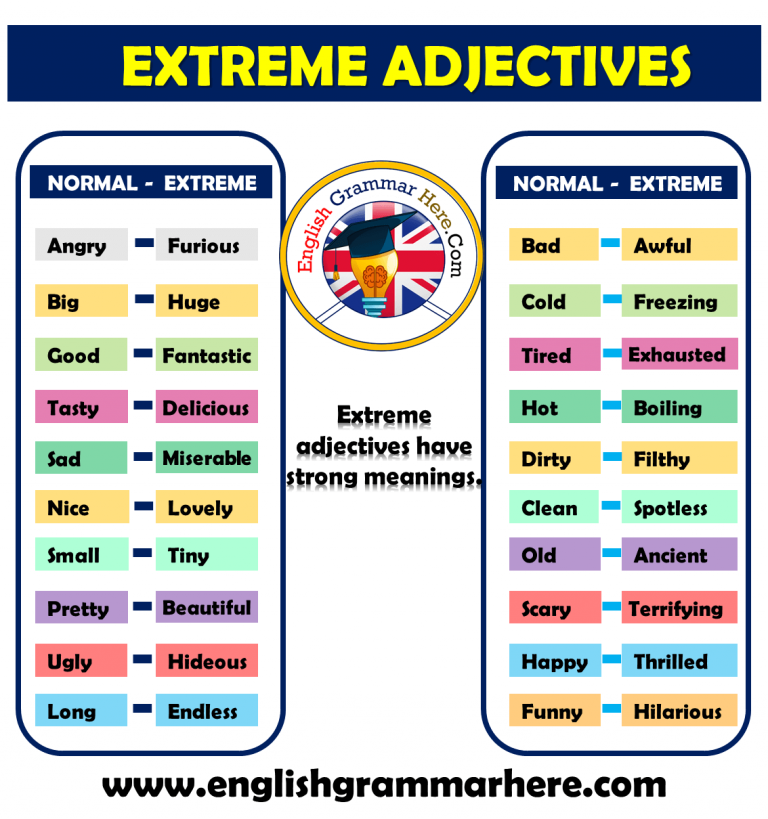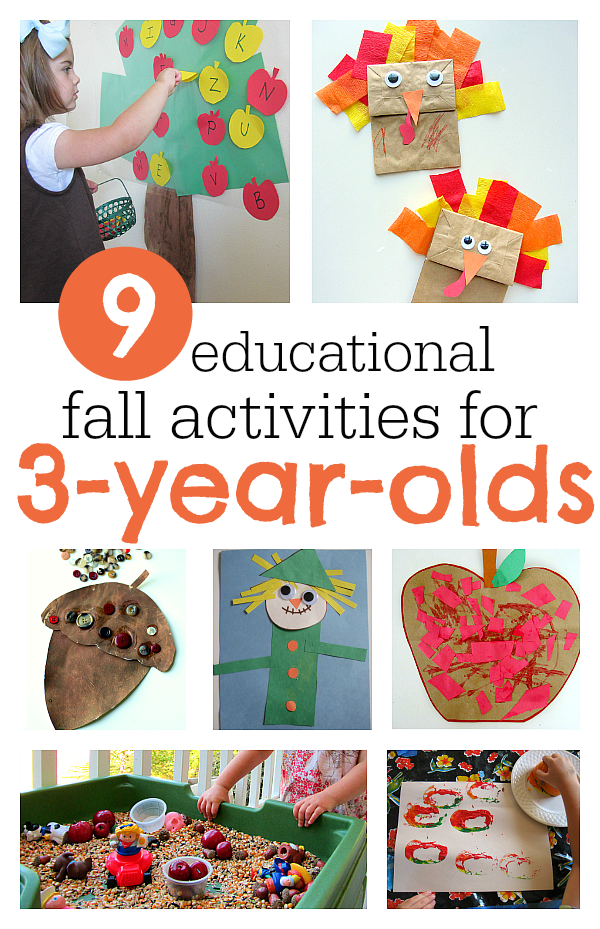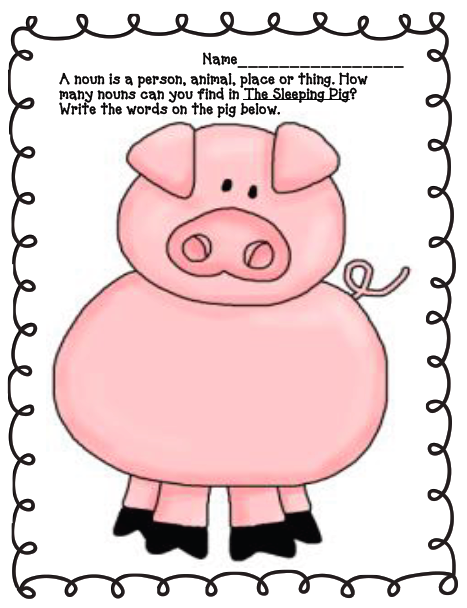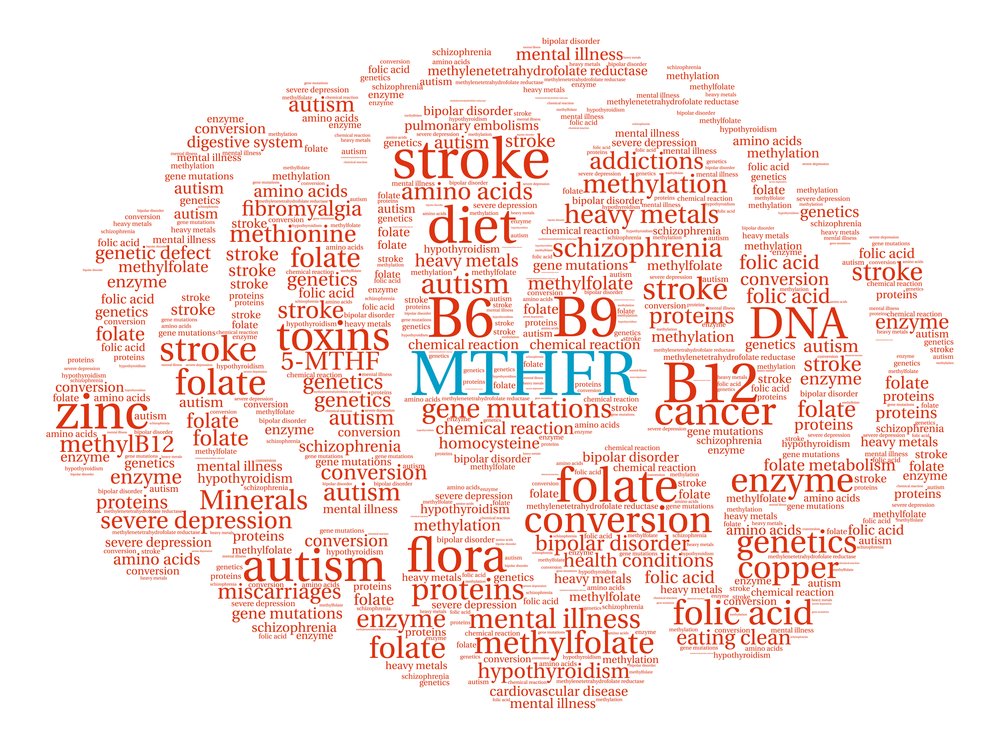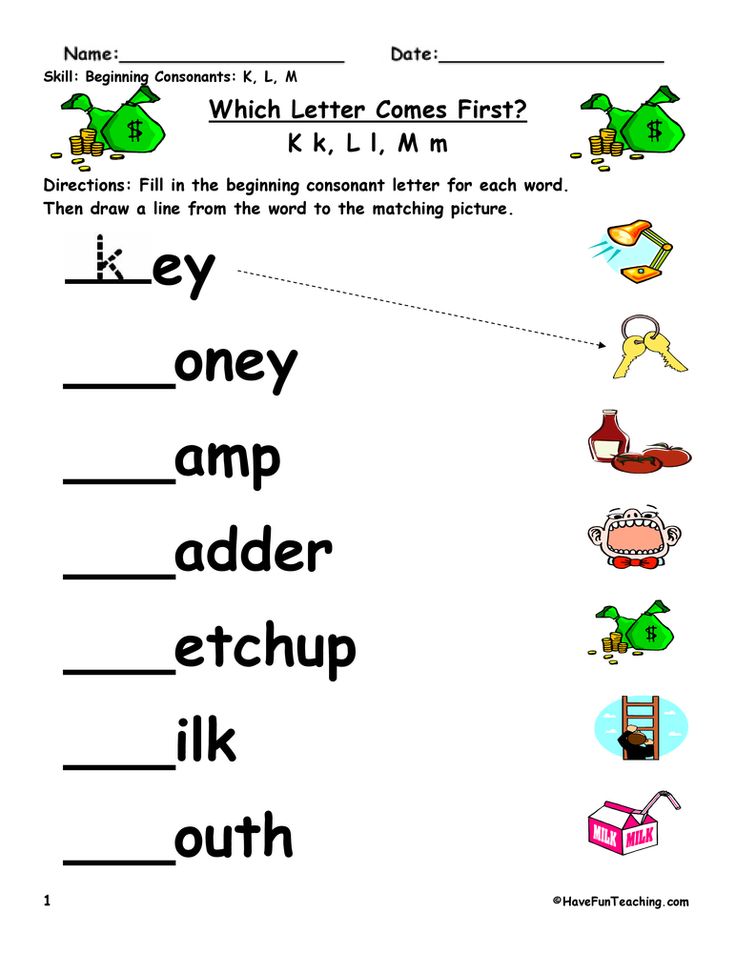Math lesson plans for kindergarteners
Kindergarten Math Lessons and Activities for the First 20 Days!
Kindergarten math lesson plans for teaching numbers to 5, 2D shapes, and 3D shapes. This resource provides detailed instruction for your first 4 weeks of math!
Kindergarten Math: The First 20 Days
The first few weeks of school are a hectic time for kindergarten teachers! You are making sure to cover all procedures and routines, all while beginning to teach the kindergarten math curriculum. Many teachers get started with academics right away in order to stay on track for the expected curriculum for the year. Wouldn’t it be nice to have planned out lessons to save you time and stress? You’re in luck! That is just what I have for you – detailed lesson plans and printable resources such as practice sheets to teach all about shapes and numbers to 5.
The First 10 Days…
The lessons start out with students comparing shapes and objects that are the same and different. We like to tie in literature whenever possible to help teach young children academic skills and guide students to make real-life connections. For the first few lessons, you can use this National Geographic Kids book to identify objects that are the same and objects that are different.
On Day 1, students identify shoes that are the same and different. You can create meaningful learning and complete this activity in your classroom as an interactive lesson with real shoes. Your kindergarten students will think it is the “best day ever” when they get to take off their shoes!
In addition to everyday objects, students learn different ways that they can compare shapes. They practice sorting by shape, size, and color.
While making comparisons, students are also counting up to 5 and practicing correct number order on math worksheets.
Days 11-20
Now, you are ready to teach shapes. A great way to read while teaching about 2D shapes is The Greedy Triangle by Marilyn Burns.
We start by introducing 2D shapes and identifying sides and corners.
Then, students have a great time with this color, cut, and paste activity to practice identifying shapes with curves and no curves.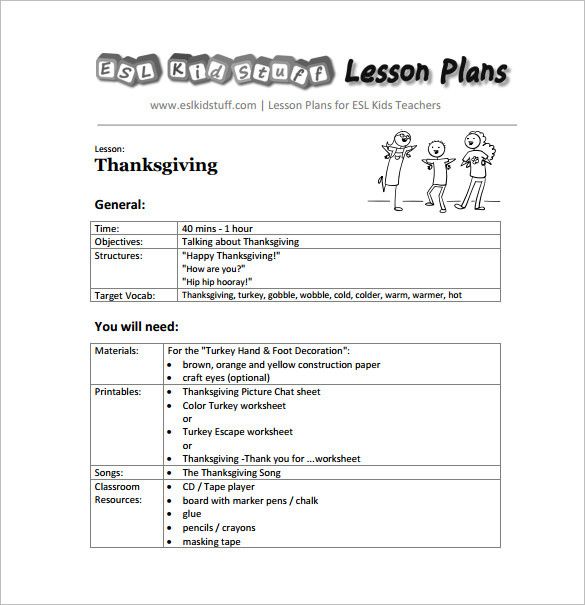
These kindergarten sweeties did a shape sort on the SmartBoard.
Students explore 3D shapes using interactive kindergarten math games
The mathematical practices for shapes and numbers to 5 are provided in unit 1 of our Guiding Math curriculum. Click here:
- Kindergarten Math: Unit 1
We have center activities and journal prompts to provide additional practice for unit 1.
You can find this resource here:
- Kindergarten Math Printables Unit 1
Math Assessments
Of course, when you start thinking about instruction, you also start thinking about assessments. ESGI is the best platform for completing assessments. It is so easy! Plus, we’ve added assessments specifically for our Guiding Math Units… making it so simple for you!
Administering these assessments is quick and easy! Do they answer it correctly – simply yes or no.
With assessment trackers ESGI, you can quickly review student progress.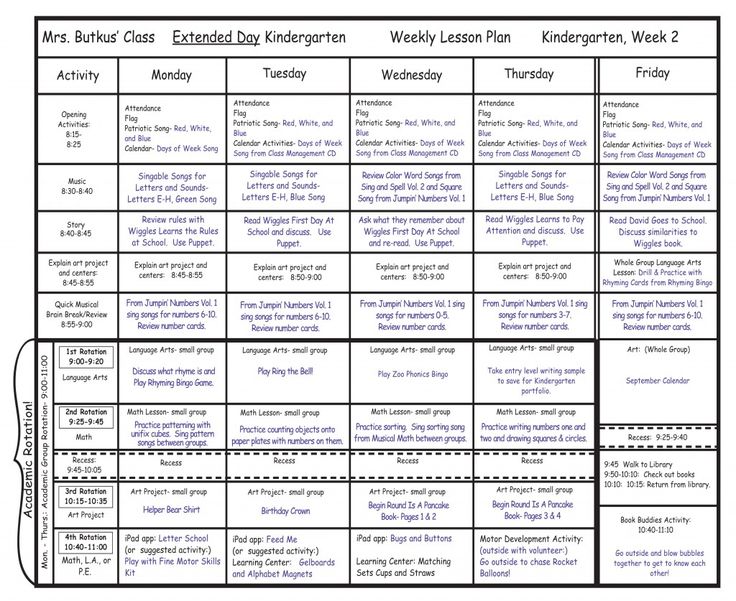
And print off parent letters to send home with students.
ESGI – FREE TRIAL!
There are so many great features with ESGI! If you are not using this amazing assessment tool, give it a try! I know you will love it! You can access a free trial here:
- ESGI | Deanna Jump Promo Code
You are covered with math resources for the beginning of the year. Do you need ideas for literacy? Check out this post with alphabet activities for kindergarten:
- Fun and Engaging Alphabet Activities for Kindergarten plus a FREE FILE!
Hands-On Math Activities for Preschoolers
Disclosure: This post contains affiliate links to Amazon. See my disclosure policy for details.
Math is so fun to teach to preschoolers because there are a lot of daily activities that incorporate math. Preschoolers don’t need worksheets for math…they should learn through play and hands-on activities.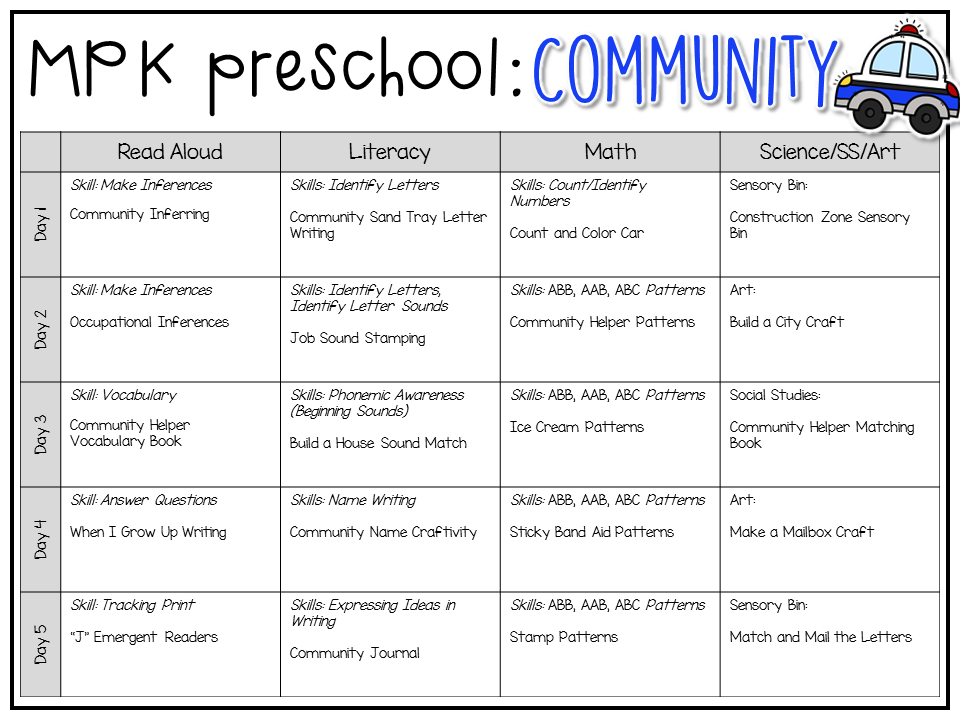
1. Patterns with Bears
Counting Bears are a great math manipulative to use with preschoolers. You can sort, count, or use them with patterns.
I created some pattern cards to help with this. The first page is an AB pattern, meaning two colors alternate in the pattern. The second page is an ABC pattern, meaning three are three colors in the pattern. For this activity, your preschooler will set the colored bear on top of the matching color to create a pattern. On the ABC pattern cards, the last circle is left empty. That is for your child to tell you what color it should be.
You can get the color patterns printable at the bottom of this post.
Math Skill: Patterns and Relationships
You can find more pattern activities here.
2. Sorting Colors with Bears
Sorting is a skill preschoolers should work on a lot. One way to sort is by color. We do this with our counting bears and a sorting mat.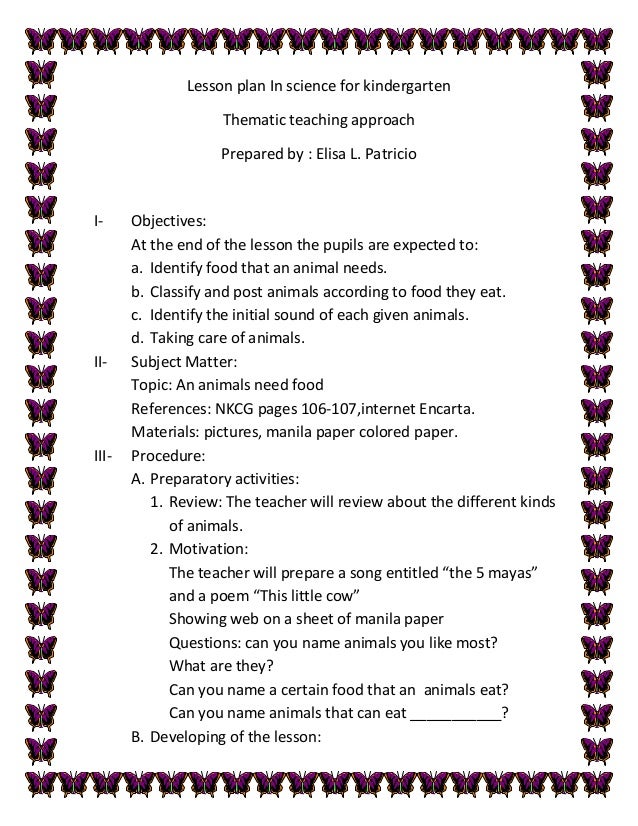
You can get the sorting mat printable at the bottom of this post.
You can even use colored tape and pom poms to practice sorting! Add in some tweezers for some extra fine motor practice.
We also love counting mats! These are great for learning to count and working on one-to-one correspondence.
Math Skill: Patterns and Relationships
3. Money Muncher
A fun way to work on sorting is with the Money Muncher! It’s also a great activity for fine motor skills. To see all the fun details, click here.
Math Skill: Patterns and Relationships
4. Sorting Jelly Beans
Anytime we work with candy, my kids love it! You can sort M&Ms or jelly beans or whatever! To see how we did this with jelly beans, click here.
You can get the jelly bean sorting printable at the bottom of this post.
One more idea for sorting is by using toy animals.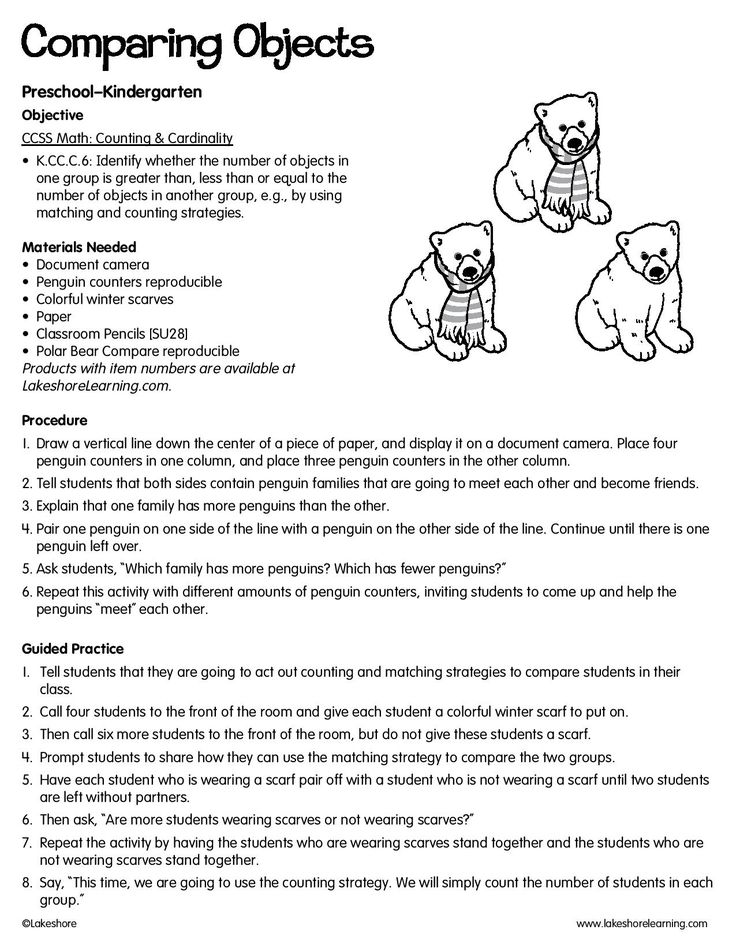 Have them sort by different characteristics, such as land animals and sea animals.
Have them sort by different characteristics, such as land animals and sea animals.
Math Skill: Patterns and Relationships
5. Graphing
Graphing is always good to introduce to preschoolers. It doesn’t have to be complex, but you can do a simple activity like graphing the types of transportation on a bar graph and use small pictures or toys (or I used erasers from The Dollar Tree).
Make graphing hands-on using apples! Even young preschoolers can begin learning about graphing with this activity.
Check out this free gumball graphing activity right here.
Math Skill: Patterns and Relationships
6. Shape Wheel
This is a fun activity for learning shapes! Just print this shape wheel and draw the same colored shapes onto clothespins. Have your child match the clothespin to the shape on the wheel. This is great for working on fine motor skills!
You can get the shape wheel printable at the bottom of this post.
Math Skill: Geometry
7. Shape Sorter
An easy way to practice shapes is with a Shape Sorter! I bought these shapes at Michaels Craft Store many years ago, but these 3D geometric shapes would be a good option if you’re interested in creating a Shape Sorter. Check out this post for details on how to make this easy math activity.
Math Skill: Geometry
8. Noodle Shape Cards
A neat sensory activity and a fun way to learn shapes are with noodles! See the post here to download the free shape cards.
Math Skill: Geometry
9. Foam Sticks
Learn shapes in the tub with these foam sticks! You can see how we did this here.
Another fun way to practice shapes is with the cookie shapes matching activity!
And my favorite way to teach about shapes is with my shape rhymes!
10.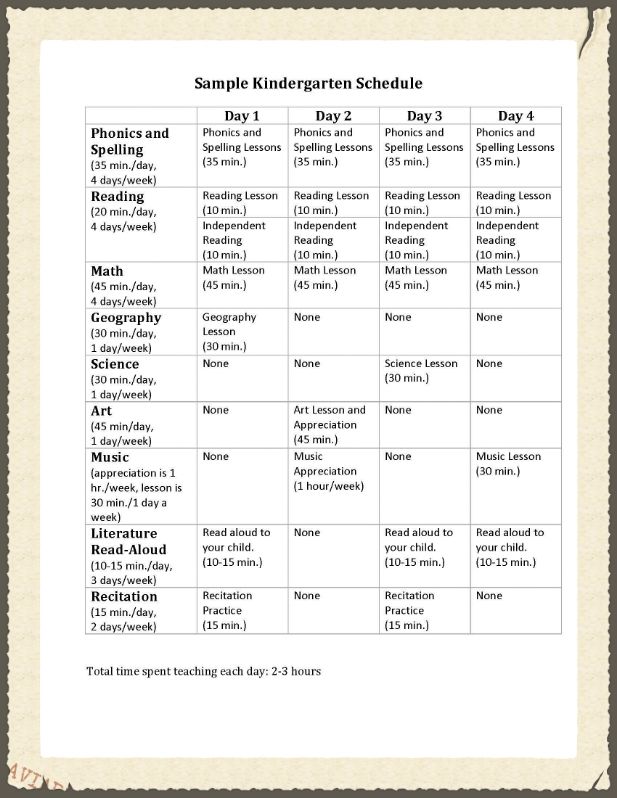 Dice Game
Dice Game
This is a really fun game! I took this Melissa & Doug wooden toy and put white circle stickers on the top of the pegs. I wrote numbers 1-6 and had 2 stars. I had my son roll the dice and whatever number it landed on, he would pound with a toy hammer. If the number he rolled was already down, he hit the star. Not only was this fun for him, but he was able to “subitize”, which simply means to recognize numbers instantly without counting the dots.
Math Skill: Number Concepts
11. Star Number Cards
Practice counting and recognizing numbers with star number cards. This one is great for working on one-to-one correspondence and fine motor skills.
You can get the star number printable cards at the bottom of this post.
Math Skill: Number Concepts
12. Ladybug Math
We made these adorable ladybugs and they were a hit! Not only were they fun to play with, but we did a lot of counting and sorting with them.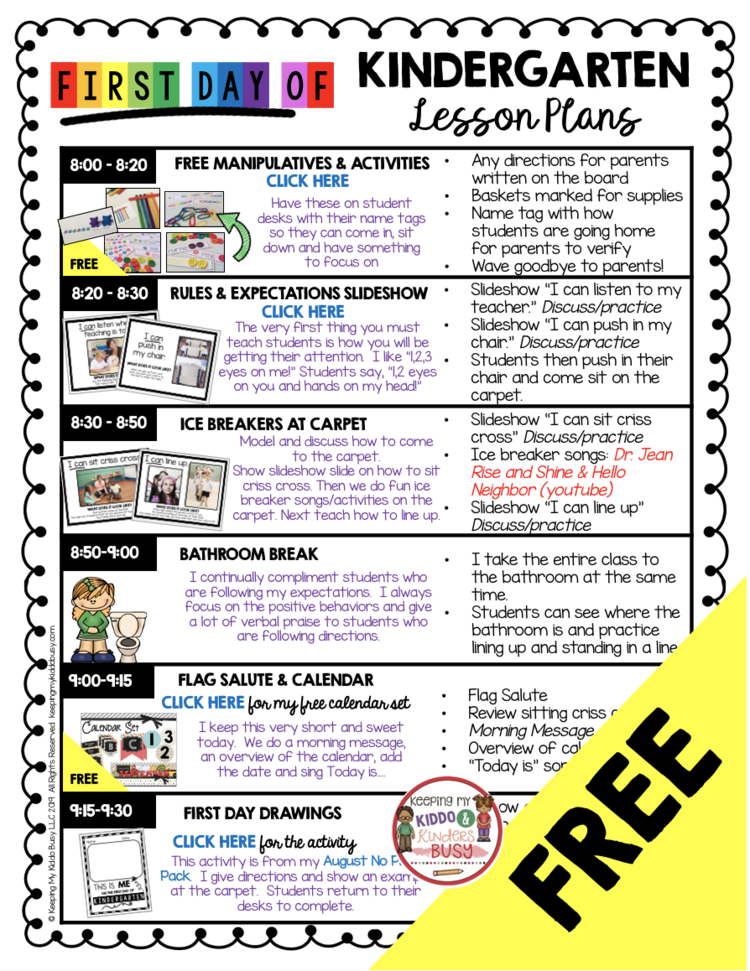 Read all about it here.
Read all about it here.
Math Skill: Number Concepts
13. Balloons
Learn the order of numbers with this really fun game involving balloons! Check out the details here.
Math Skill: Number Concepts
14. Estimating with Water
We learned about estimation with a dropper with some fun, hands-on water activities.
Math Skill: Measurement
15. Pouring and Comparing
We practiced pouring skills with rice into these beakers. Then I had my son line them up from biggest to smallest. Using comparative words like big/small or empty/full help teach preschoolers about simple concepts of measurement. This is simple and you could elaborate on this activity.
One more easy way to practice measurement is with Unifix cubes. Place different lengths of tape on the floor or poster board. Then have your child use Unifix cubes to measure the lines.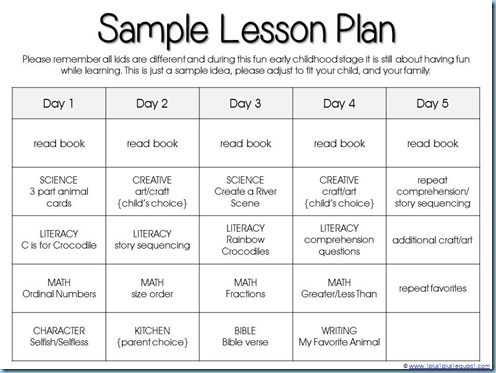 This is a simple way to practice counting, measuring, and comparing lengths.
This is a simple way to practice counting, measuring, and comparing lengths.
Math Skill: Measurement
Lastly, check out this really easy and fun way to practice counting!
If you’re looking for digital math activities, make sure to check out my counting activities using Google Slides.
If you’d like to download the 5 free printables I shared in this blog post, just click on the button below!
Development of a lesson in mathematics for preschoolers (preparation for school, age group 6-7 years) | Outline on the topic:
Lesson topic: Consolidation of the studied material.
Goals:
Educational:
- Continue the formation of mental operations (analysis, synthesis, comparison, generalization, classification).
- Form ideas about the properties of objects: color, shape, size. The ability to identify and explain the signs of similarities and differences of objects, to combine them into groups according to a common feature.
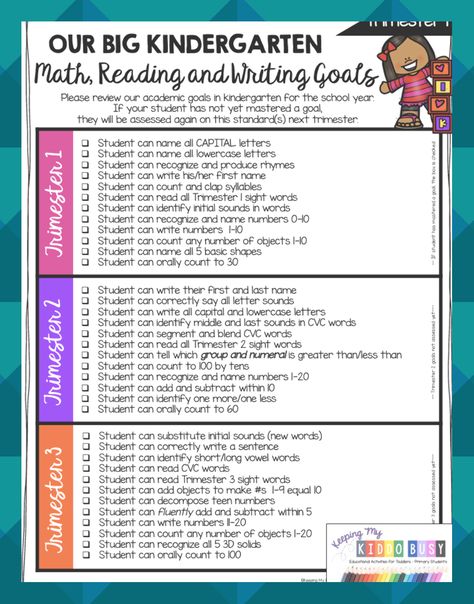 Ability to find "extra" object.
Ability to find "extra" object. - To consolidate the skills of ordinal counting within 20.
- To form the skill of complete answers to questions.
Developing:
- To develop speech, observation, mental activity, the ability to express and justify one's judgments.
- Develop auditory and visual attention, memory, logical thinking.
- Develop constructive and creative abilities, fantasy, creative imagination.
Educational:
- Raise interest in mathematics.
- To develop independence, the ability to plan one's work.
- To cultivate the desire to help others who find themselves in a difficult situation.
- Foster friendly relationships between children, the habit of working together.
Class progress
I Org. Moment
II Message of the topic of the lesson
Teacher. Today in the lesson we will not only count and decide - we will go on a trip.
But traveling alone is boring and uninteresting, so you need to take friends with you. But who we will take on a trip, you will find out by guessing the riddle.
Round, ruddy,
Cooked in the oven,
Cold on the window.
Children. Kolobok.
U. How does a fairy tale begin?
Children remember.
– Gingerbread man left his grandmother, left his grandfather and went to travel. And the path led him to a country called Tsifiriya. Why is this country named so?
D. The numbers
live there.
W. Skok yes hop,
Skok yes hop,
A bun rolled,
Round and ruddy,
Straight to the clearing.
The teacher posts the route plan on the board.
III Mental account
U. Rolling, rolling Kolobok across the country of Tsifiriya and reached the station "Count". And the main one at this station is the Hare.
"I won't let you go any further," says the Hare, "until you complete my tasks.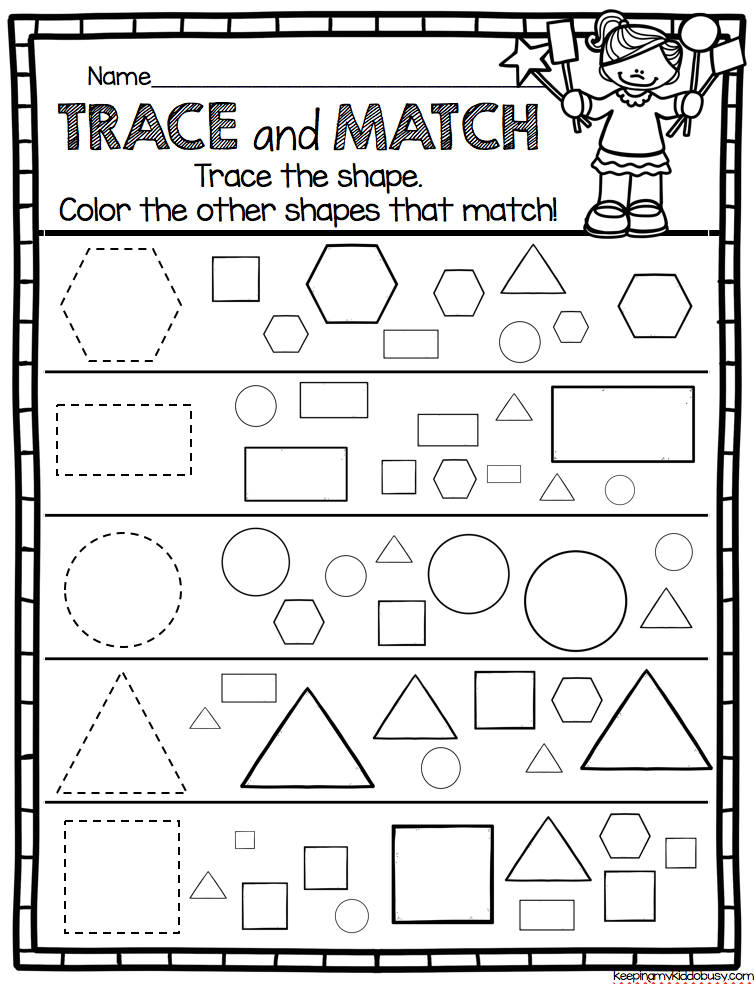 If you don't do it, I'll eat you."
If you don't do it, I'll eat you."
Guys, let's help Kolobok complete Zayka's tasks.
D. We will help!
1) Count up to 20, direct ("chain").
2) Count from 10 to 1, reverse.
3) Count from 1 to 10, through 1.
4) - What number comes before the number 4? (3)
- What number comes after 5? (6)
- What number comes between 2 and 4? (3)
- What are the "neighbours" of 6? (5 and 7)
5) 2 4 6 8 10
- What do these numbers have in common?
- What is the odd number? Why?
6) Bunny doesn't let Kolobok go. If you solve my problems, then I will let you go.
W. Four hares were walking from school,
And suddenly they were attacked by bees.
Two bunnies barely escaped,
And how many did not have time? ..
E. Two.
W. How did you know that?
D. 4 - 2 = 2.
U. Read in different ways.
U. Solve one more problem.
U. 6 rabbit ears protrude from behind a bush. How many rabbits are there?
How many rabbits are there?
D. 3
U. How did you know?
U. Well done! We coped with Zaikin's tasks, you can travel further
.
IV Repetition of the material covered.
U. The next station at which Kolobok was detained was Lesnaya stroyka. And the Gray Wolf commands it.
- And here you must complete my tasks, otherwise I will eat you. In the new houses, the builders forgot to indicate the apartment numbers! But be careful! Each house has a number, and the apartment numbers add up to a number that corresponds to the number of the house. Help Kolobok.
U. Well done, he coped with my task. But you kolobok should help me deal with the construction plan.
-What lies in the middle (circle),
-What is in my upper right corner (triangle),
-What is in my upper left corner (trapezius),
-What for me in the lower right corner (rectangle),
-What I have in the lower left corner (square).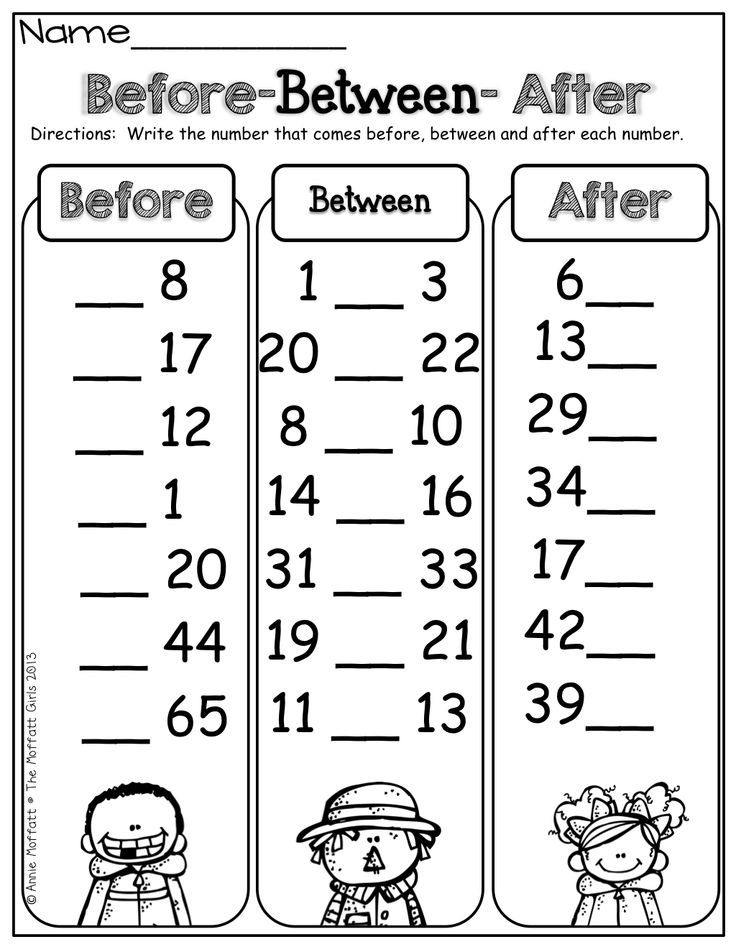
-How to call all this in one word? (geometric figures)
U. - What geometric figures do you see?
K K K S
U. - Determine which figure is superfluous in this set?
- On what grounds?
D. Shape, size, color.
U. Well done! Helped the kolobok to cope with the tasks of the Wolf. You can travel further.
V Fizminutka.
U. Now you can rest a little.
Drawings of Christmas trees, circles, sticks, dots in a circle on the interactive whiteboard.
1. How many green Christmas trees,
So many slopes. (3)
How many circles we have here,
How many jumps we will make. (6)
How many sticks to the point,
That's how many we stand on our toes. (5)
How many points will be in the circle,
Let's raise our hands so many times. (4)
2. Prepare fingers for writing.
VI Comparison of items.
U. Rolling, rolling Kolobok, and towards him the Bear from the station "Comparison".
- Kolobok, Kolobok, I'll eat you!
- Don't eat me, Bear!
- All right, on one condition.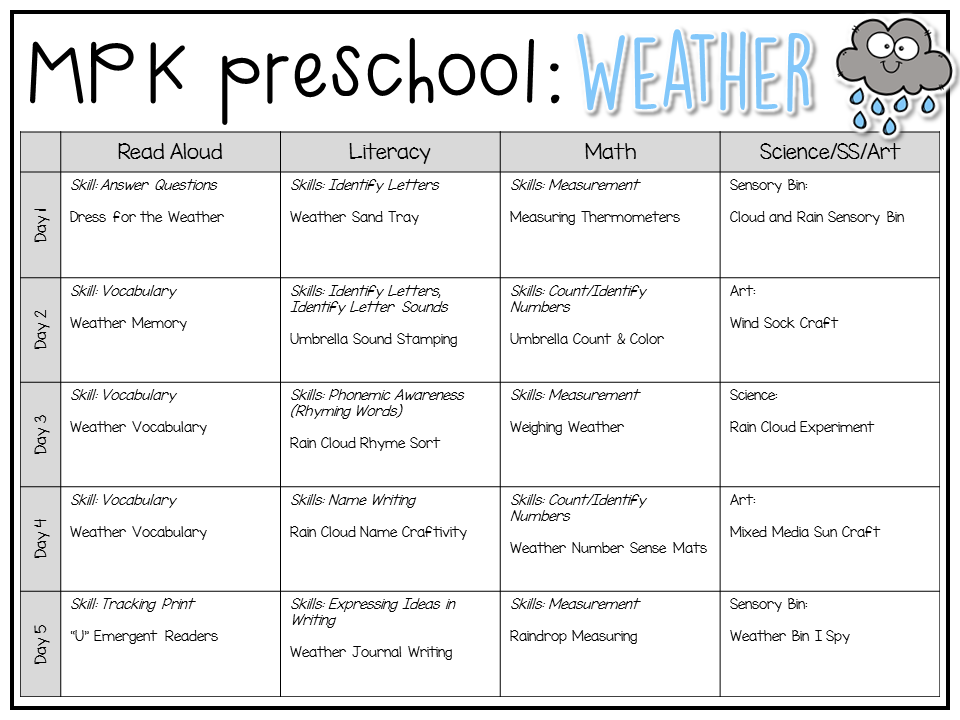 If you help me compare items, then I'll let you go. Help Kolobok.
If you help me compare items, then I'll let you go. Help Kolobok.
U. What signs are used for comparison? (greater than, less than, equal to)
-Count how many triangles are in the first bag? (4)
- How many circles are in the second bag? (3)
- Write these numbers in the boxes.
- Check if there are enough circles for all the triangles: connect them with “magic strings”.
- What did you notice? (One triangle was left without a pair, it is superfluous.)
- How many more triangles than circles? (on 1)
- Which sign should be put? (more), etc.
- Well done, guys! Helped Kolobok cope with the task of the Bear. He is very pleased and lets him go further.
VII Graphic dictation.
U. Gingerbread man rolls, rolls, and the Fox meets him, and the clearing is called by her - "Draw - ka."
- You won't leave me, Kolobok, and the guys won't help you.
Help guys?
VIII Summary of the lesson
U. Well, Lisa will have to let Kolobok go - after all, he solved all the tasks perfectly. And you guys helped him in this. How did you help him?
Well, Lisa will have to let Kolobok go - after all, he solved all the tasks perfectly. And you guys helped him in this. How did you help him?
D. They thought, decided, reasoned, considered.
Reflection. Self-esteem.
U. Now evaluate your work in class. If you are in a good mood, you were interested in the lesson, everything worked out for you, then raise the “sun”, and if you felt uncomfortable, something didn’t work out for you, then raise the “cloud”. Gingerbread Man thanks you for the help you gave him today, and gives excellent marks and prizes for good work.
Summary of the lesson in mathematics for preschoolers
Summary of the lesson in mathematics for preschoolers
“How to help Pinocchio?”
Author: German Liliya Ivanovna
Methodist
MAOU DOD CDT, village of Vyselki, Vyselkovsky district, Krasnodar Territory
Program content:
.
2.3 to strengthen the ability to establish a correspondence between the number and the number of objects.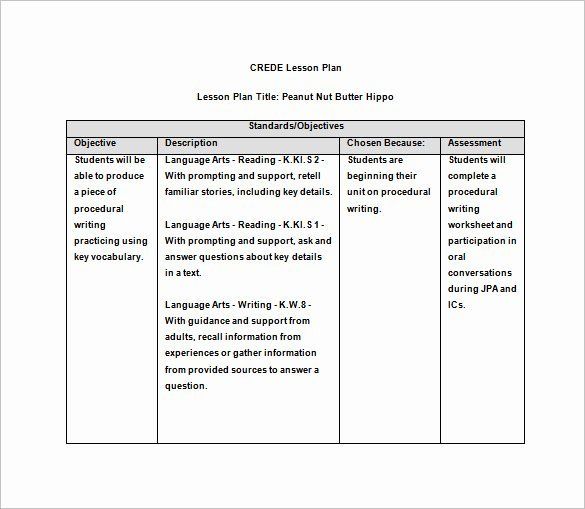
3. Continue to learn to highlight the condition and question of the problem, exercise in solving problems by adding and subtracting single-digit numbers.
4. Formulate orientation skills on a landscape sheet of paper and on a sheet of paper in a cage.
5. Promote the development of logical thinking , attention.
6. Develop listening skills and a willingness to help.
Demo:
- box,
- 4 letter envelopes,
- 6 assignment envelopes,
- cards with the image of objects in the amount of 1-10, the numbers corresponding to them,
- an image of 2 houses numbered No. 5 and No. 6,
- a landscape sheet of paper and pencils,
- a music CD with the song "Pinocchio",
- tape recorder,
- easel,
- magnetic board.
is a multimedia projector.
Handout:
numbers 1 to 10,
for each child a sheet of squared paper and a pencil.
colored pencils sheet of paper
Teacher: — Guys, today, when I came to the office, I saw this box on the table.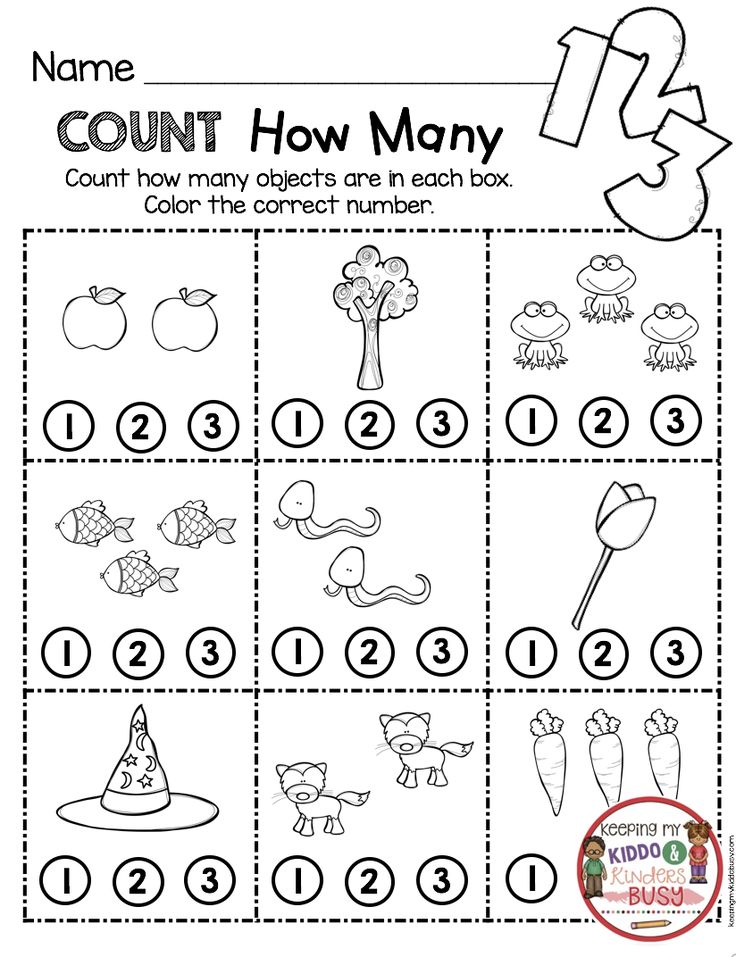 I looked into it and found a letter. And who wrote it, you will find out if you guess the riddle.
I looked into it and found a letter. And who wrote it, you will find out if you guess the riddle.
What is this very strange little wooden man?
Looking for a golden key on land and under water,
Everywhere he sticks his long nose...
Who is this? (Pinocchio).
Do you want to know what he writes about?
Children: Yes!
Reading letter
“Dear guys! Please help me! The evil cat Basilio and the fox Alice have locked me in a room and won't give me back my golden key, which I carried to Papa Carlo. They will let me go only when I help them complete the tasks and answer their questions. Guys, I don't know the answers! Please, help! Attached are tips on where to look for assignments. The first task is in envelope number 1.
Teacher: Well, guys? Can we help Pinocchio?
Children: Yes!
Teacher: Masha, please bring envelope number 1.
(the child brings an envelope; the teacher takes out a sheet with the task from the envelope and reads it)
Task No.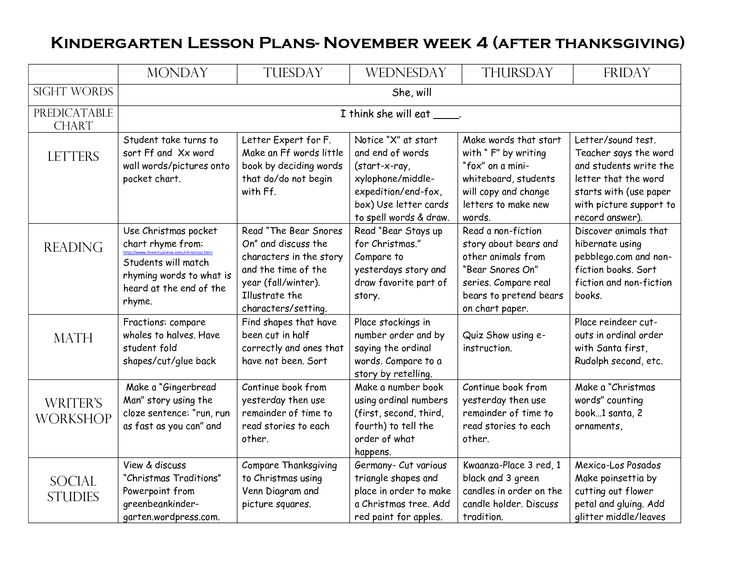 1
1
"Stand in order."
Take one number at a time while the music is playing, the "numbers" are walking, and on the command "Stand in order" you must line up in order.
"Quick Question, Quick Answer"
Questions:
-Count from 1 to 10 and back.
-Name the neighbors of the number 3 (referring to the child who has the number 3.)
-Name the neighbors of the number 5.
-Name the neighbors of the number 8.
-I thought of a number, it is less than 5 by one unit. What is this number?
-I thought of a number, it is more than 7 per unit. What is this number?
Well done! We did it, and here's a hint:
Look for the 2nd task in the envelope, which shows a geometric figure similar to the hero of a fairy tale, who was rolling along the path. (He left his grandmother and left his grandfather ...). What is this geometric figure? (Circle)
Yes, it's a circle. Let's see if there is an envelope with a geometric figure - a circle.
Katya, please bring an envelope with a geometric figure - a circle.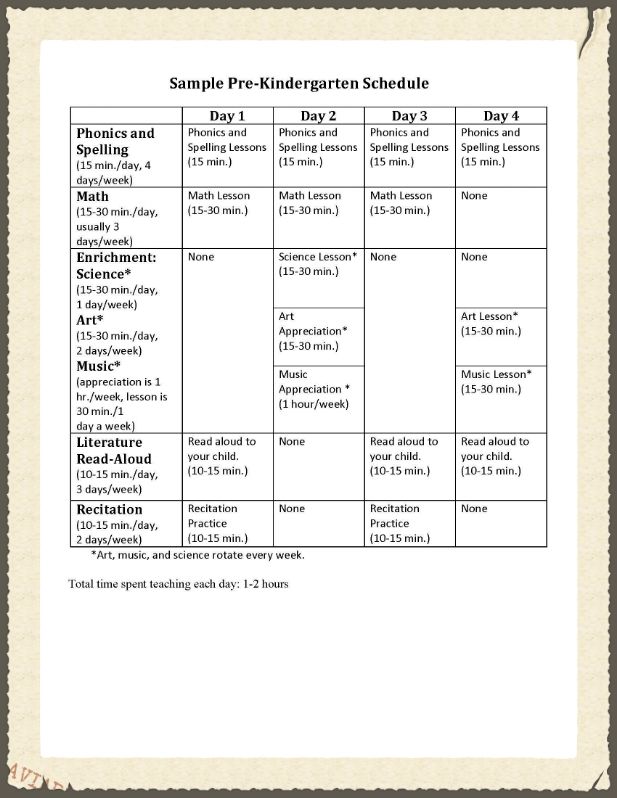
(the child brings an envelope; the teacher takes out a sheet with the task from the envelope and reads it).
Task No. 2
“Find the mistake” (children come to the table)
Cards with the image of objects are laid out on the table, and there are numbers next to it, only here something is confused. Check and correct mistakes (children correct).
Well done! Completed the task.
Hint: task No. 3
is in an envelope, which shows a geometric figure with 3 corners.
Teacher: Which geometric figure has 3 corners?
Children: 3 corners of a triangle.
(the child brings an envelope; the teacher takes out a sheet with the task from the envelope and reads it.)
Task No. 3
Teacher: Answer the questions and solve the problems.
Guys, tell me, please, how many parts are there in the problem?
Children: In problem 2 of part
Teacher: Name them.
Children: 1 - condition, 2 - question.
Teacher: What arithmetic signs do you know?
Children: Plus, minus, equal.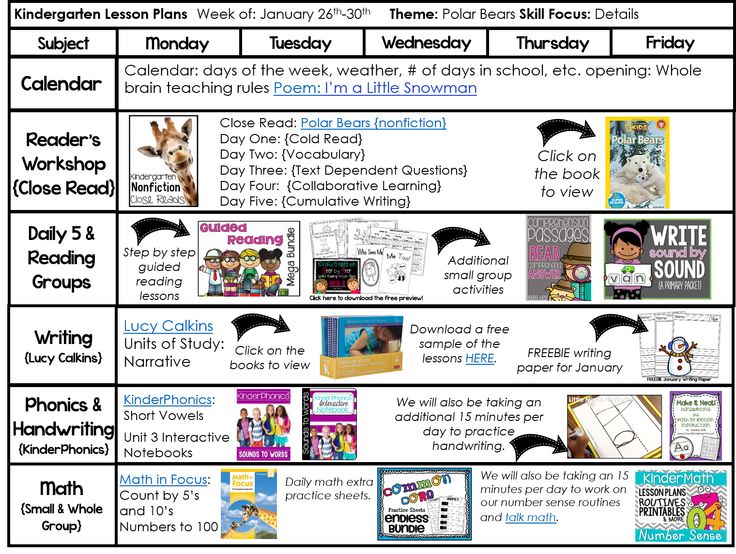
Teacher: Now you will listen to the problem, and then answer the questions.
“2 sparrows were sitting on a branch. 2 more tits flew in and sat next to each other. How many birds are sitting on a branch?
Teacher: - 1st question. Is there a condition in this task? (Yes). Name it. 2nd question. Is there a question in this issue? (Yes). Name it.
Well done! Solve the following problems.
1. “4 apples hung on a branch, 2 apples were picked. How many apples are left hanging on the branch? (2)
2. “Mom bought 7 pears, Misha ate 4 pears. How many pears are left on the plate? (3)
3. Not in a swamp, but in a tub
Once upon a time there were 2 frogs.
If there are 5 tubs,
How many frogs will they contain?
4. In a clearing near the river
May beetles lived:
Daughter, son, father and mother.
Who managed to count them?
5. A hedgehog gave the hedgehogs
Eight brand new boots.
Hedgehogs squeal with delight.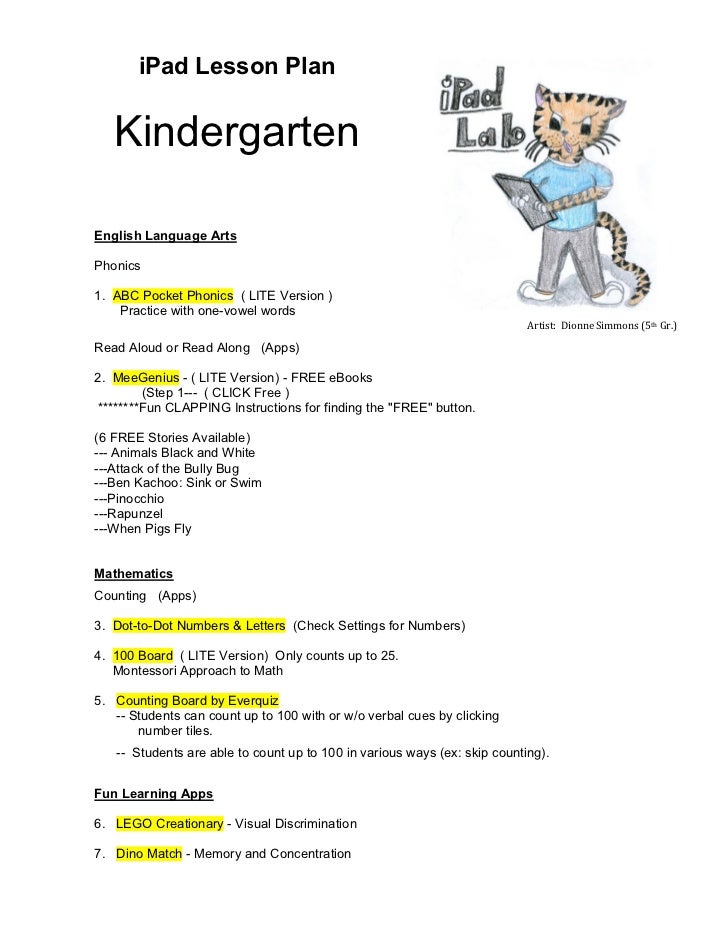
How many hedgehogs did dad have?
6. In the meadow near the oak
The mole saw 2 fungi.
And further away, by the pine tree,
He found another one.
Well, who is ready to say:
How many mushrooms did the mole find?
Teacher: The next task should be looked for in an envelope with a geometric figure, which has 4 sides and they are all equal. Which geometric figure has all sides equal?
Children: It's a square.
Teacher: But before we open the envelope on which a square is depicted, we need to strengthen our body. What strengthens the body?
Children: Gymnastics.
Teacher: Let's do a little gymnastics and turn into Pinocchio for a while.
Pinocchio Physical Minute
Pinocchio stretched, (stand on toes, raise hands up - stretch, return to SP)
Here he bent down, unbent, (hands on the belt, legs at the width of the foot, tilt forward. )
Spread his arms to the sides, (spread his arms to the sides)
Apparently he didn’t find the key, (head turns: left, straight, right, straight)
To get the key for us (lower hands down)
You need to stand on your toes (stand on your toes, raise your arms at chest level, stretch your arms.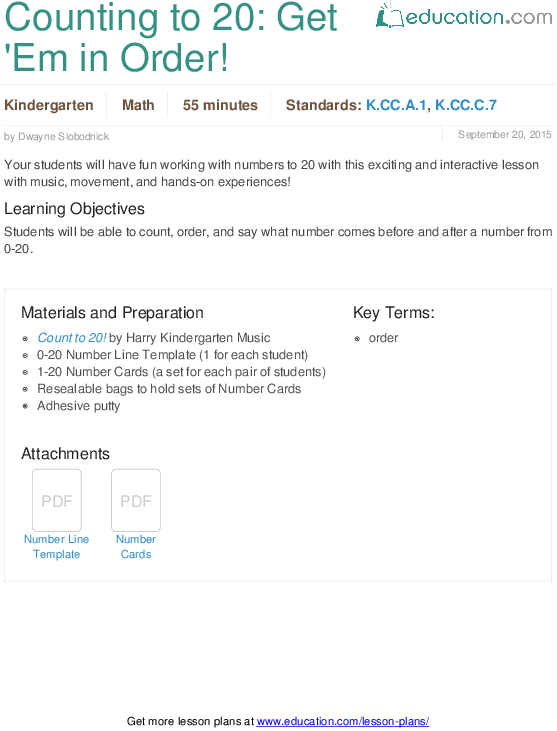 )
)
And wave your arms, (swing your arms)
Teacher: And now let's open the envelope on which a square is depicted.
(the teacher opens the envelope, takes out the task).
Task No. 4
Teacher: Guys, look how beautiful houses are! Only here the apartments are not numbered. You need to number them.
Hint: The sum of apartment numbers must be equal to the house number.
Teacher: Number the apartments, (children complete the task).
Well done guys! There are only 2 envelopes left. Which one is next?
“The next task is in an envelope with a picture of a number that indicates the number of days in a week (7).
Teacher: ……, bring the right envelope.
(the child brings an envelope, the teacher reads the task)
Task number 5. "Draw a picture for Malvina"
Draw a cloud in the upper right corner.
- Where did you draw the cloud?
In the lower left corner is a house.
- Where did you draw the house?
The sun is in the upper left corner.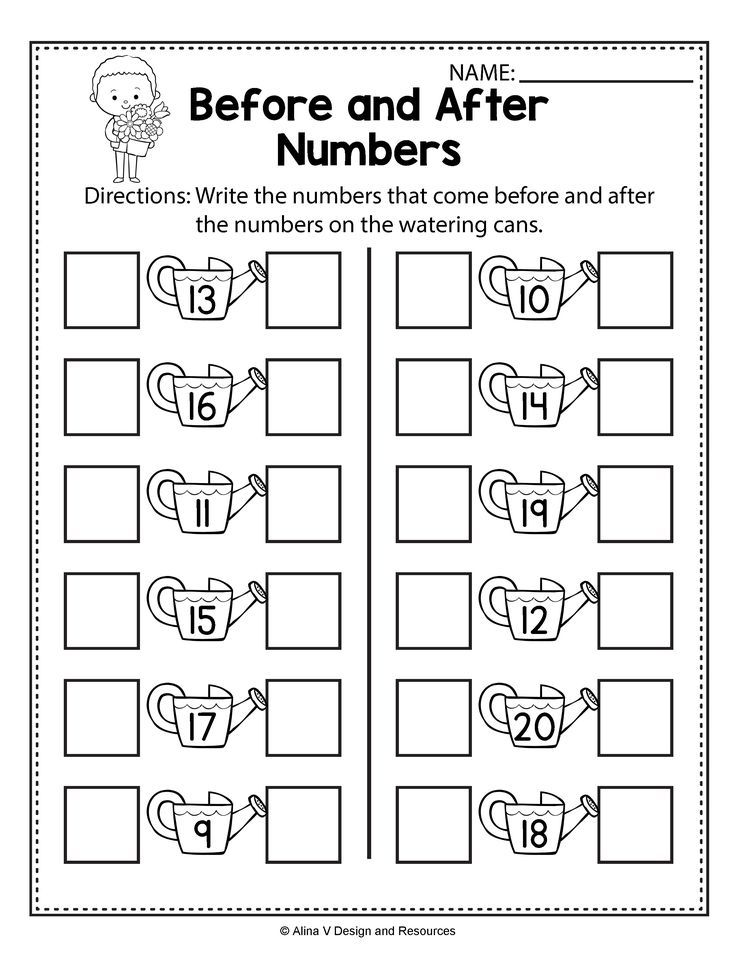
- Where was the sun painted?
Mushrooms in the lower right corner.
- Where did you draw the mushrooms?
And in the middle is a flower.
- Where was the flower painted?
Well done! The picture turned out wonderful, Malvina will like it very much.
Task No. 6 is in an envelope, which depicts a geometric figure similar to what the chicken laid down in the fairy tale "Turnip".
The task is called "Don't yawn, answer questions quickly!"
How many days are there in a week?
Which days of the week are we talking about "working days"?
What are the "weekend" days of the week called?
Name Saturday's neighbors?
What are Tuesday's neighbors?
What is the name of the fifth day of the week?
What parts of the day do you know?
What happens earlier morning or evening?
How many fingers are on one hand?
How many ears do two mice have?
How many months in a year?
What number is hidden in the word seven - I?
Tanya found 3 acorns, and Marina found 1 more.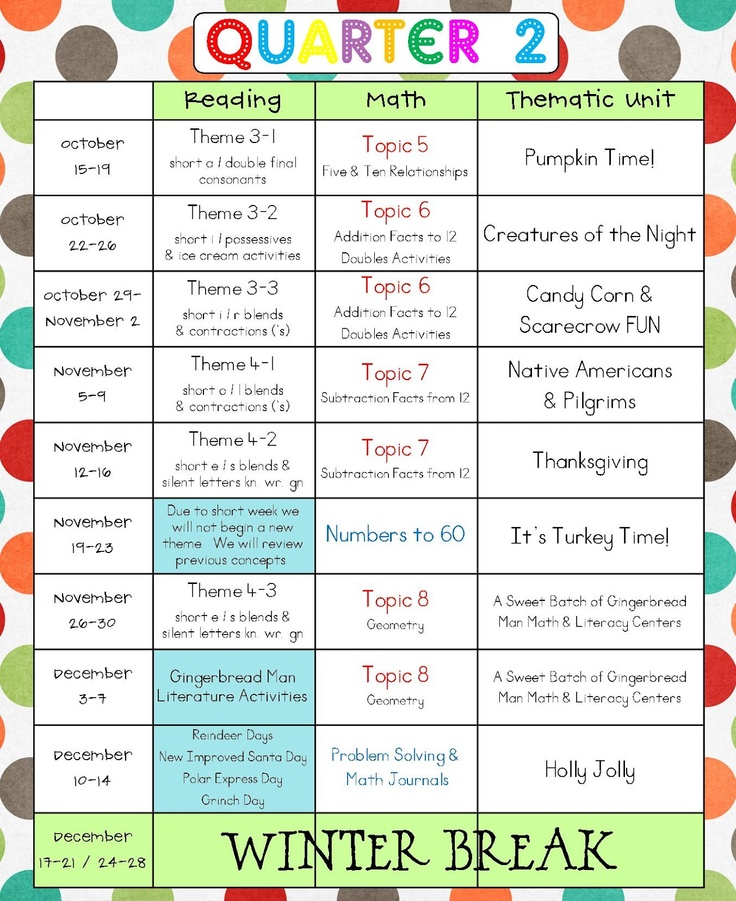 How many acorns did Marina find?
How many acorns did Marina find?
Brother is 8 years old and sister is 2 years younger. How old is she?
Kostya drew 4 planes, and his brother drew 2 more. How many planes did your brother draw?
Who is standing to your right?
Who is standing to your left?
Well done! They answered quickly, did not yawn.
(there is a knock on the door, an envelope is brought into the group)
Teacher: Is it for us? Thank you. And from whom is it interesting? This is a letter from the fox Alice and the cat Basilio. Need to read it urgently.
Reading letter
“We are tired of waiting, so we decided to return Pinocchio to you along with the golden key. But we have one condition. Here it is: draw gifts for us. You must draw in cells. Here's a hint."
Teacher: There is a plan here. Let's not waste time. Sit down at the tables, move the papers, put the pencil on the red dot. Begin.
6 cells on the right
5VNIZ
2VEVEVO
5 down
1 OVO
1VNIZ
1VEVEVO
1VNIZ
1 OVO
1VNIZ
1 Voro
1 Out of the right
1VEVEVOVE
1V BOLOP
5000 2 ?
Children: Key.